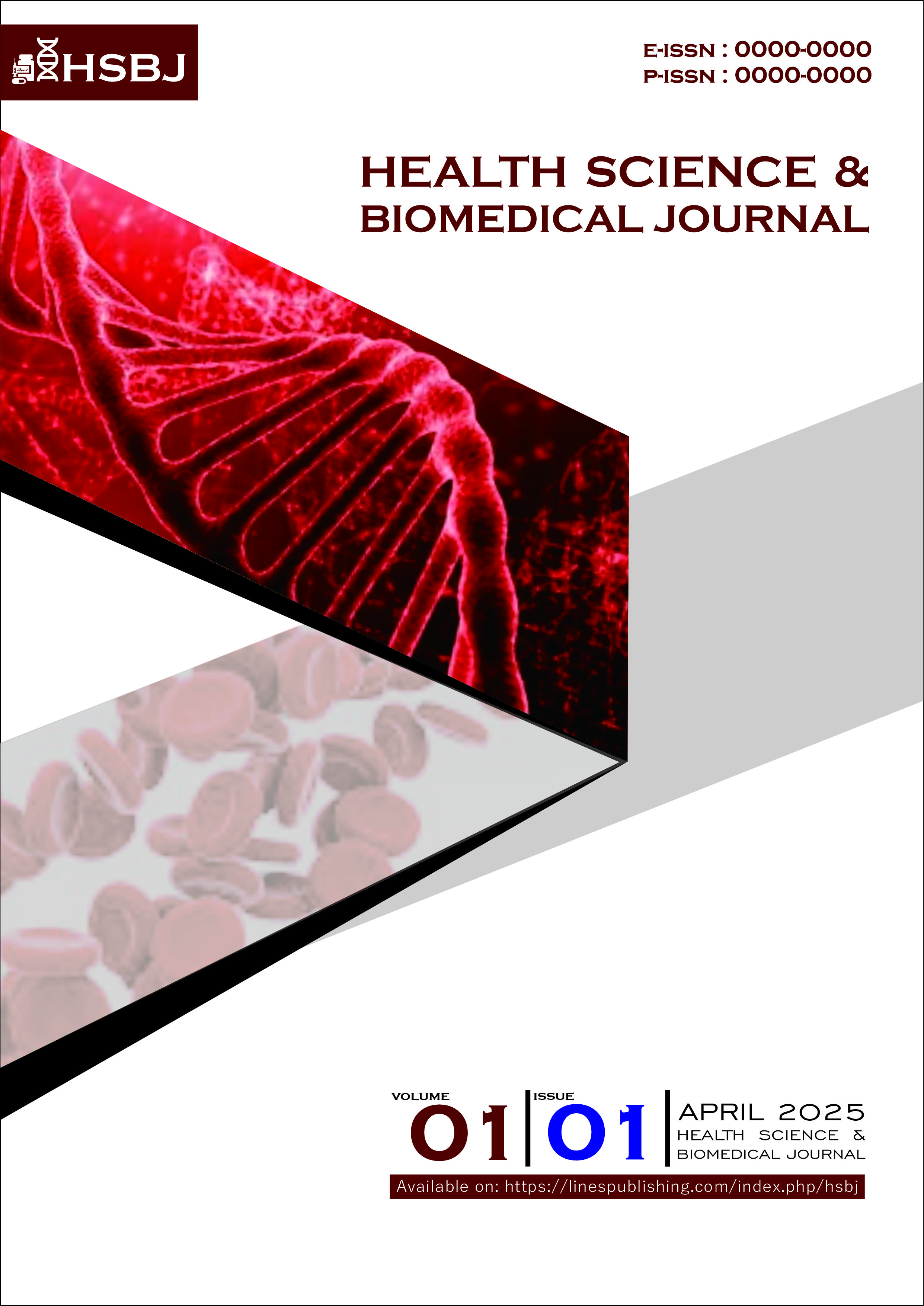The Relationship of Parity, Age And Fetal Weight Interpretation With A Rip of The Road of Birth in A Mom In Membership in Beteleme Puskesmas Morowali Regency
Keywords:
Birth canal tear, Parity, Fetal weight, Postpartum hemorrhage, Maternal health, Beteleme Health CenterAbstract
Introduction: In developing countries, the main causes of maternal death are direct obstetric factors, namely postpartum hemorrhage, infection, and eclampsia. Perineal rupture can lead to postpartum hemorrhage. Objective: The aim of this study was to determine the causes of birth canal tears during childbirth at the Beteleme Health Center. Method: This descriptive study employed a cross-sectional approach. The sample consisted of 30 mothers who experienced birth canal tears, selected using a total sampling technique. Data were collected using observation sheets, and the Chi-Square statistical test was used for analysis with a significance level of α = 0.05. Results: Of the 30 respondents, the majority (80%) were in the age group of 20–33 years. Most of the respondents (83.3%) were primiparous (first-time mothers). Regarding fetal weight, 25 mothers (83.3%) delivered babies weighing less than 3800g, while 5 mothers (16.7%) delivered babies weighing over 3800g. Statistical analysis revealed that the Sig value for the age category was > 0.05, indicating no significant relationship between age and birth canal tears. However, the Sig values for parity and fetal weight were < 0.05, indicating a significant relationship between these factors and the incidence of birth canal tears. Conclusion: This study concluded that there is no relationship between age and the incidence of birth canal tears, but there is a significant relationship between parity and fetal weight with the incidence of birth canal tears in mothers giving birth at the Beteleme Health Center.
Downloads
Published
Versions
- 2025-05-07 (3)
- 2025-05-07 (2)
- 2025-04-29 (1)







